Dr. Syed Neyamul
Published:2018-02-11 18:48:35 BdST
SAFTA - a platform for integration with global economy
FT ONLINE
There is no concrete evidence suggesting that preferential trade agreements benefit member states. Their successful outcome requires proper design and implementation.
Economic cooperation among countries is imperative in the modern world, especially in the South Asian region. This is mainly because most of the people in this region are poor.
Therefore, free flow of trade would not only increase growth but also create job opportunities. In this regard, Free Trade Agreement (FTA) can play a crucial role in opening the market and attracting more Foreign Direct Investment (FDI). But the performances of all FTAs have not been equally excellent. This is mainly because countries may customise comprehensive and ambitious agreements and other types of deals depending on their particular markets and demands. The dynamic gains from the trade agreements have the potential to liberalise trade in services and attract FDI not achievable through traditional comparative advantage theory.
So far, South Asian Association for Regional Cooperation (SAARC) has secured a modest achievement. It provides a basic institutional framework for regional cooperation by furthering free trade among SAARC countries. This desire was prominent in 2006 when The South Asian Free Trade Area (SAFTA) replaced Agreement on SAARC Preferential Trading Arrangement (SAPTA). Since 2006, SAFTA has contributed significantly to free trade in the region, which has reached $1.2 billion. But still it remains below its potential. SAARC Agreement on Trade in Services (SATIS) of 2011 has been a significant leap towards broadening the scope of regional trade. SAARC declared the 2010-2020 as the Decade of the Intra-Regional Connectivity. Moreover, the new South Asian University, established in New Delhi, India, plays an important role in regional integration. The university proposed the creation of a South Asian Forum for exchange of ideas on the future development in South Asia.
Planning and creating the trade policies and framework will not automatically bring success in SAARC countries. To achieve the fullest benefits of SAARC, the member countries need to ensure economic cooperation through the FTAs in a broader context and to promote competition in the market by facilitating business, reducing costs of trade, enhancing connectivity via hard and soft infrastructure, increasing the skills of the workforce, promoting entrepreneurship, innovation and other efforts.
Strengthening social safety nets to mitigate short-term adjustment costs may be part of the strategy. FTAs under General Agreement on Tariffs and Trade (GATT) Article XXIV and the Enabling Clause reduce tariff rates by 2.1 per cent and 1.5 per cent respectively. In Non-Tariff Barriers (NTBs), the impact is around 6.6 and 5.7 per cent. It appears that membership of the World Trade Organisation (WTO) does not itself have any impact on the reduction of tariff but can play a vital role in reducing NTBs.
Trade agreements ensure free movement of goods that enable the consumers to have better access to products of other countries. This boosts consumer surplus and facilitates consumer activity that has an impact on the economies of scale as the countries attract a better share of the market in the free trade zone. Domestic consumers will suffer from the tide of the trade diversion as they will be vulnerable to losing out on importing cheaper goods from non-members. Since they will have to import costly goods from the members of the trade bloc their consumer surplus will decline significantly. More significantly, such actions may also result in trade war with non-members that will make it more difficult from the domestic consumers to import niche products from the non-member states.
There is no concrete evidence suggesting that preferential trade agreements benefit member states. Their successful outcome requires proper design and implementation. Ultimate success depends on the breadth, depth and timing of the provisions. These three variables dictate the economic benefits of an FTA. For example, an FTA will be ineffective if it is narrow in coverage, 2) shallow in barrier reductions and 3) slow in phasing out barriers. If an FTA cannot achieve both long-term and short-term economic benefits, it will not achieve sustainable growth, i.e., generate a healthy economic flow. Further, issues like politics and national security have a lasting effect on FTAs.
Professor Bhagwati, a prominent author on international economics and former external WTO adviser, observed that very few predicted that Article XXIV exception would be used in wide circumstances. The thought was that leaning towards free trade and extending it to nearly all the commodities would discourage resorting to Article XXIV.
Prominent trade law scholar, Professor Raj Bhala, promotes a three-tier process of competitive liberalisation by moving as aggressively as possible toward the end of global free trade by simultaneously pursuing trade liberalisation at multilateral, regional and bilateral levels. Bhala rejects such terms as "complimentary liberalisation" and "parallel liberalisation." He identifies the benefits of FTAs as achieving domestic policy reforms, increasing multilateral bargaining power, developing strategic linkage, increasing political stakes in multilateral negotiations and enhancing security.
SAFTA Article 7 made provisions for two-stage tariff reduction programme to achieve a tariff reduction of 5.0 per cent for India, Pakistan, and Sri Lanka by 2015 and for the remaining member states by 2018. However, it is possible that free trade cannot be achieved even after reducing tariff barriers. This achievement requires countries to work hand-in-hand keeping in mind the primacy of the economic integration by promoting effective cooperation. SAFTA measurement should consider its trade generating capacities. The basic structure for effective integration is there; it is now a matter for effective implementation. For proper implementation, integration of both economic factors, such as trade facilitation and infrastructure development, and non-economic factors, such as political will and stability and building confidence, are necessary. The member states should embrace integration as part of the evolving process of development to achieve the goal of economic union. Despite the challenges, the South Asian countries have immense potential for deeper integration with the global economy. SAFTA provides the platform for such integration.
- Dr. Syed Neyamul (Joint Commissioner of Customs & VAT, NBR)
Unauthorized use or reproduction of The Finance Today content for commercial purposes is strictly prohibited.


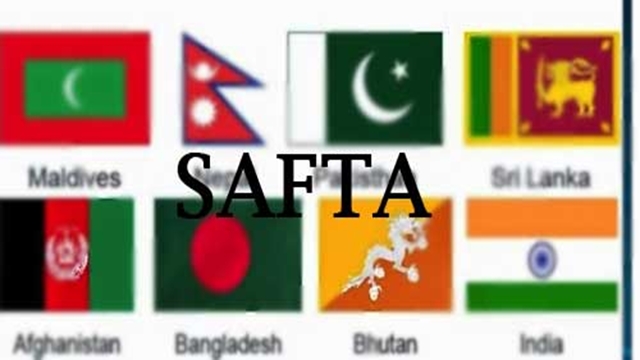

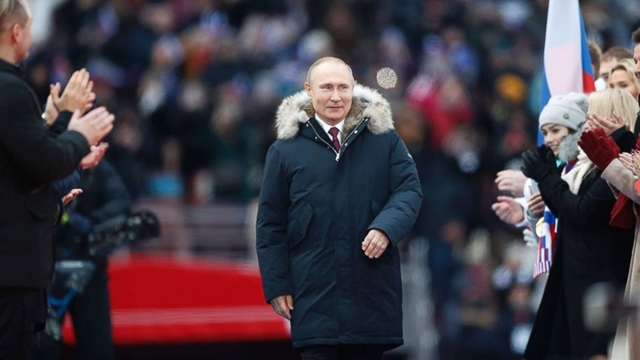
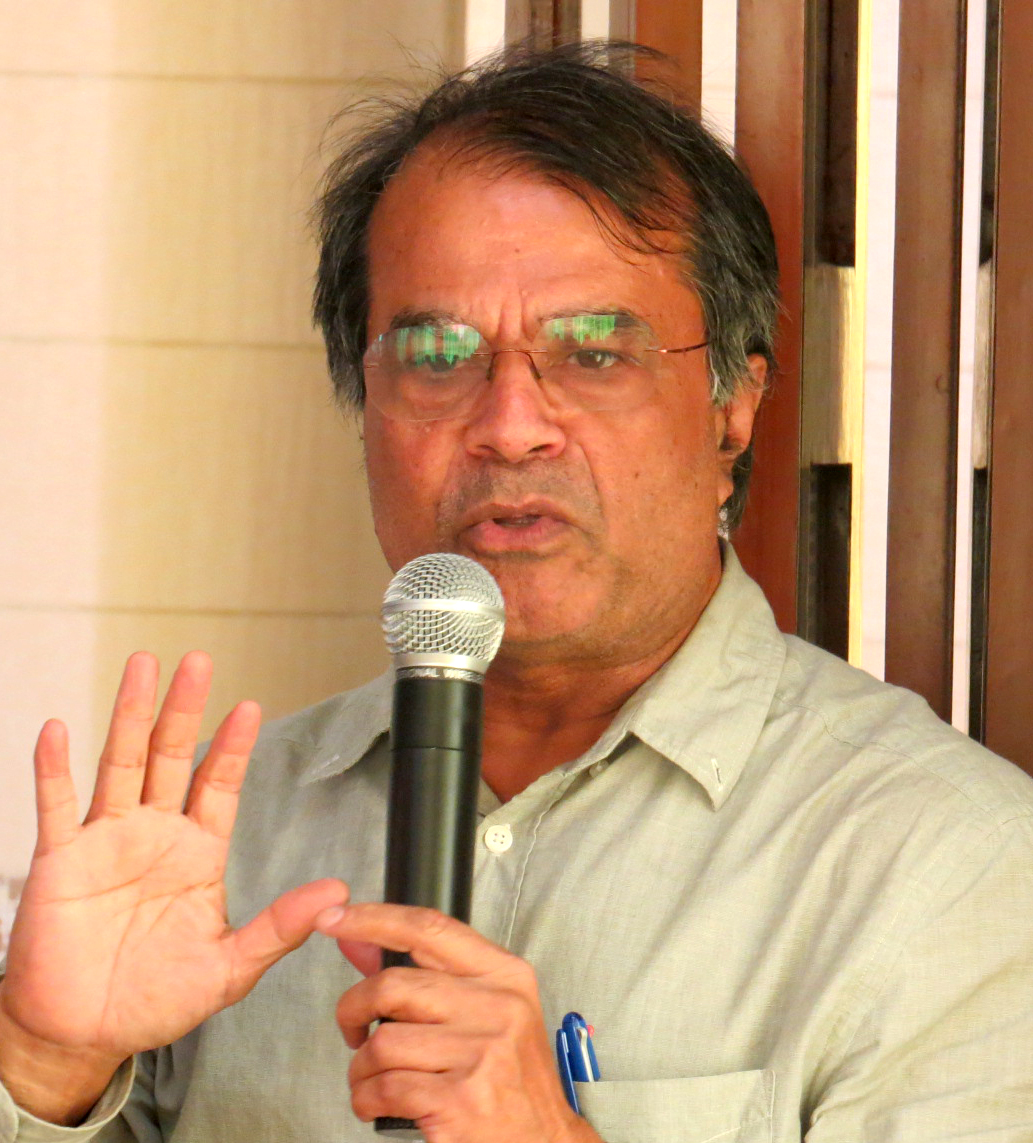
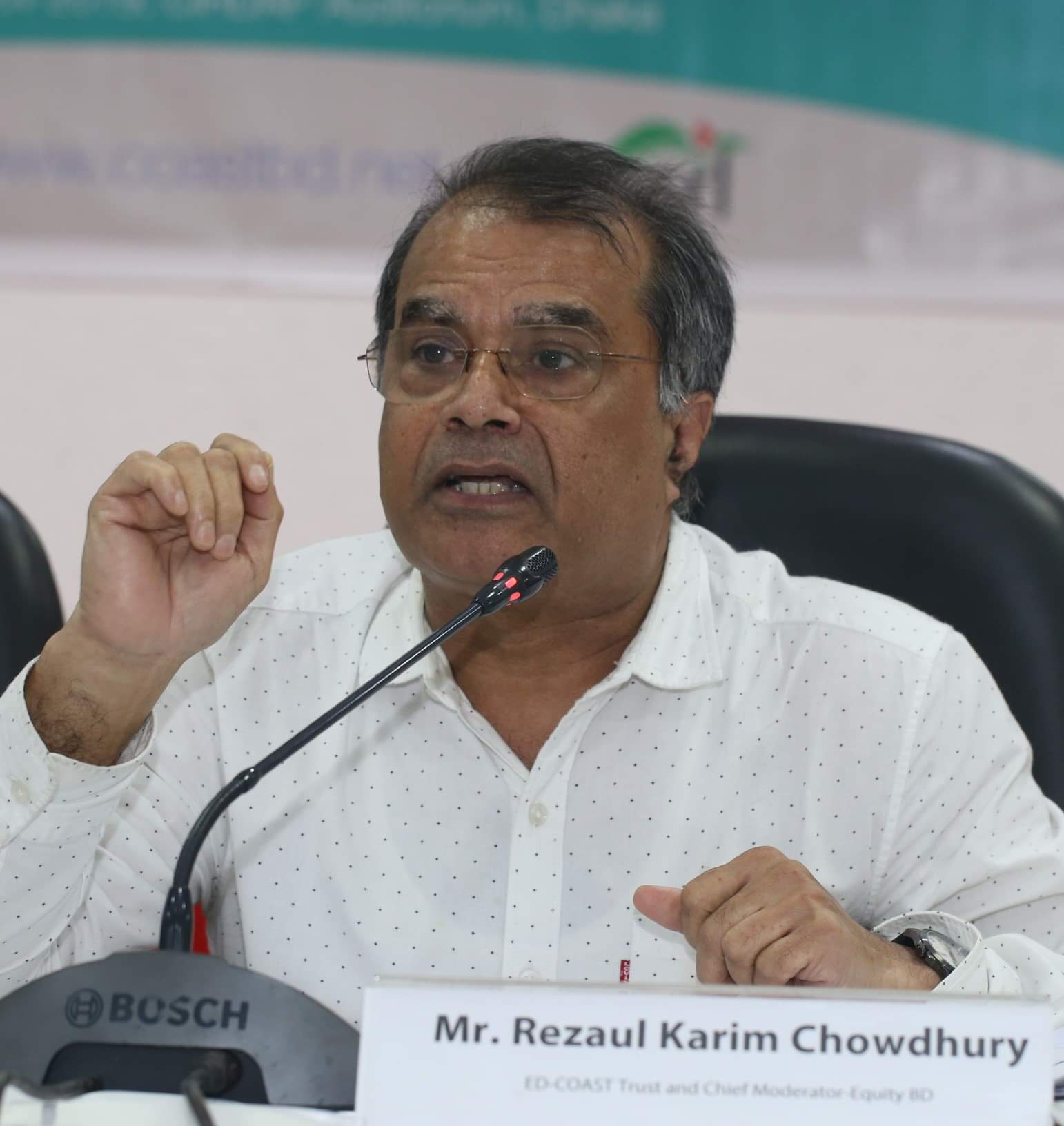
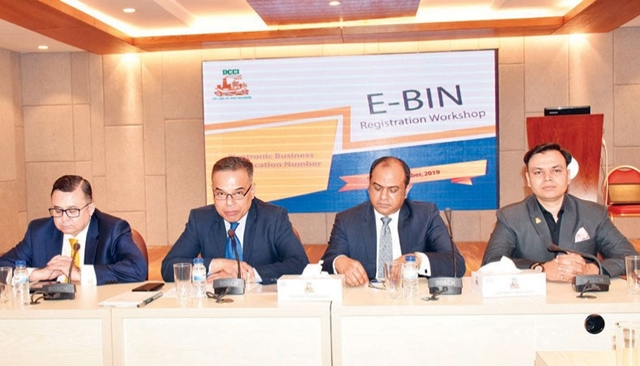
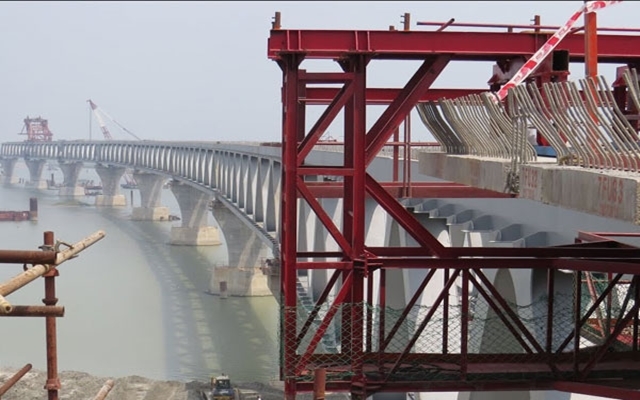
-2022-11-01-18-53-12.jpeg)